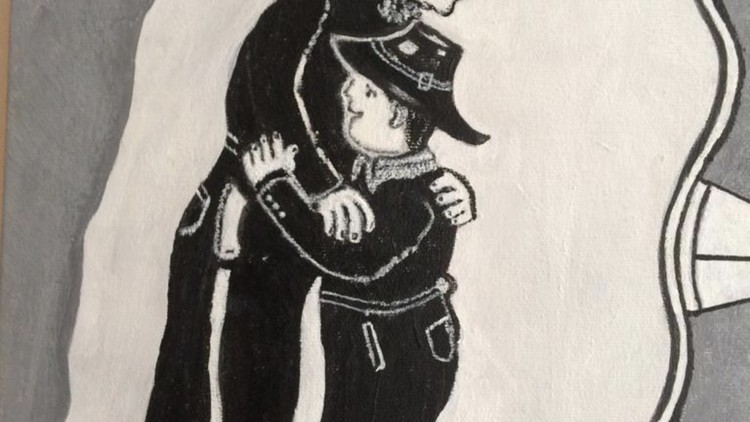
Hygge for the 2020s: positive psychology
What you’ll learn
-
Realise the joys in life they missed, are still there, waiting to be claimed – and shared
-
Slow down and BE
-
Bring Hygge into their life – and share it
-
Holistic Medicine workbook
-
Positive psychology
-
How to be happy
Requirements
-
A willingness to slow down and enjoy life
-
A willingness to take on and adopt – or adapt – new ideas
Description
Note: This course does not qualify the recipient to perform any form of therapy or counseling for any other person
In essence, hygge is the implementation of the theory described in positive psychology. One of the most interesting things coming out of happiness research at the moment is that positive emotions drive higher levels of satisfaction than merely the absence of negative emotions. Hygge is about trying to build some positive experiences in your daily routine.
Hygge is a Danish word and is the art of creating comfort and happiness. What this course gives most of all is comfort and ease. Comfort through ideas, poems, areas to explore and the feedback from others. Confidence because the end is so worthwhile – but so is the journey. Ease because just by starting the (self) exploration and adapting you will begin to learn, to gain and to be happy(ier)
The TWELVE HOURS includes:
- The Holman Protocol (as this is the international version)
- How to ‘do’ Hygge
- Hygge and happiness
- 10 ways to do Hygge
- Dimensions of Hygge
- Walking meditation
- Stress and heart disease
- Hygge and sleep
- Hygge and exercise
- Hygge and Random Acts of Kindness
- Hygge and learning to linger
- Hygge and decluttering
- Talking with strangers
The blogger Anna Lea West, refers to hygge as ‘cosiness of the soul’. Morley College, in central London (UK) teaches students how to achieve hygge. There are students from 149 countries enrolled on my courses – and yet I am not trying to ‘teach’ them about hygge – I want everyone to FEEL it.
As the translator ToveMaren Stakkestad has written “Hygge is meant to be felt!.”
Hygge comes from a Norwegian word meaning “wellbeing” This course exists for one simple reason: to encourage comfort, to spread happiness and thus improve wellbeing.
As part of the course there is
- Homework to encourage you to put ideas into practice
- Resources to enable you to apply ideas
I also encourage you to ask (and answer) questions, to make comments, to give feedback.
Participation really is the key.
The Hygge Workbook includes:
- Tips on making your bedroom Hygge
- Hygge course statistics
- Websites and homework for Hygge (from the course)
- 30 days of Hygge
- A 12 month Hygge
- Hygge hater or lover
- Hygge exercises
- Hygge in the news February 2019
- Hygge sleep ritual
- Hygge walking meditation
New workbook on DECLUTTERING
Contents:
Chapter 1 Hygge and decluttering
Chapter 2 Minimalism and Hygge: How to Get Cozy Without the Clutter
Chapter 3 Tips to get you started with decluttering
Chapter 4 Speed is everything
Chapter 5 What NOT to do
Chapter 6 Set a timetable: 30 days?
Chapter 7 30 days – an alternative timetable
Chapter 8 You want a list of tips?
Chapter 9 The best decluttering advice
Chapter 10 Some 5 minute decluttering tips
Chapter 11 The exhaustive guide
Chapter 12 Five baskets!
Chapter 13 96 clutter hacks
Chapter 14 Get rid of these!
All applying the work of Marie Kondo
New workbook added 2020: Hygge in the Summer
Who this course is for:
- Anyone who is stressed in life
- Anyone who is not stressed in life but is still not happy
- Anyone who is happy in life but wants others to be happy too
- Anyone who has already enrolled on the Holman Protocol and wishes to explore the international element
- Positive psychology students